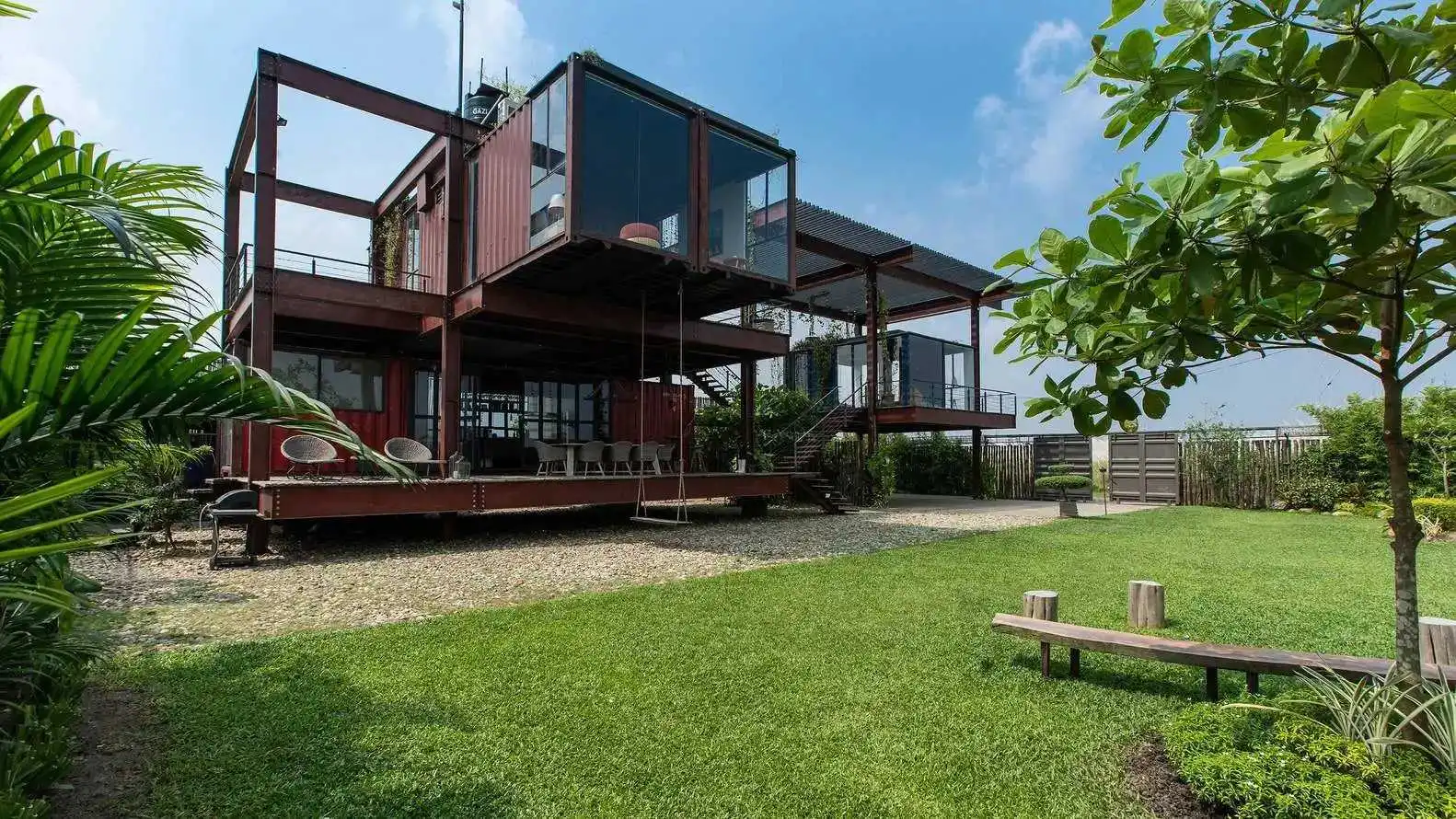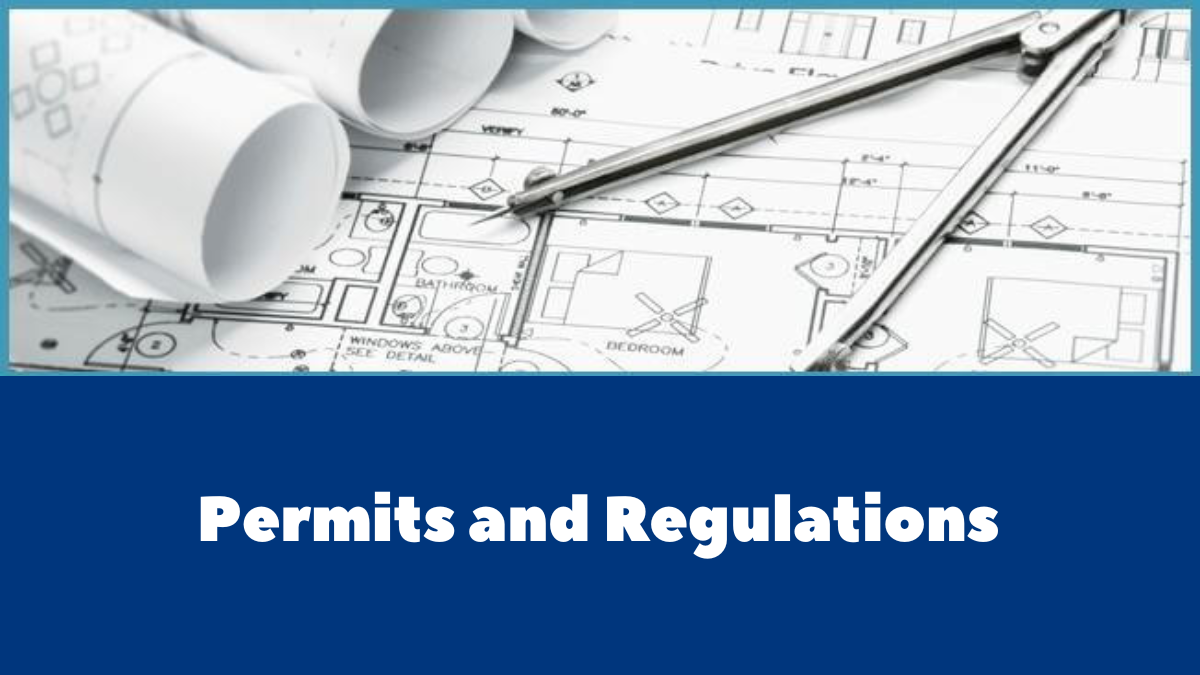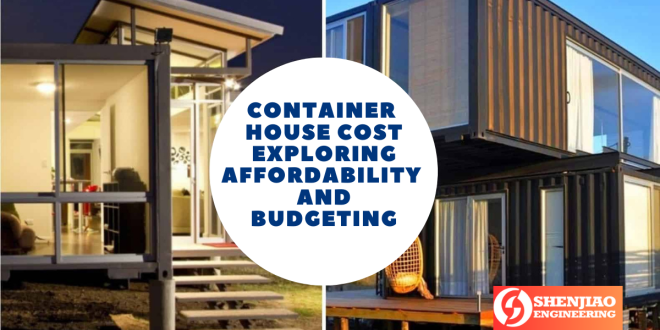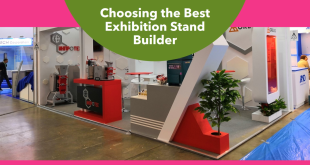Container houses have emerged as viable and innovative solutions, offering affordability, sustainability, and unique design possibilities. Understanding the cost factors is crucial for effective budgeting and decision-making if you’re considering building a container house. In this article, we will explore the cost considerations of container houses, delving into their affordability and providing insights into budgeting strategies. By understanding the various elements contributing to the overall cost of container houses, you can make informed choices and plan your project within your budget constraints.
From acquiring shipping containers to site preparation, design and customization, labor and construction, permits and regulations, and additional contingencies, we will navigate the critical cost factors involved in container house projects. By delving into these aspects, we aim to provide you with the necessary knowledge and tools to approach your container house project confidently and financially. Discover container houses’ affordability and budgeting possibilities as we embark on this insightful exploration of their cost considerations.
Container Acquisition
The first significant cost consideration when building a container house is acquiring shipping containers. The cost of containers can vary based on factors such as size, condition, and quantity needed for your project. New containers are generally more expensive than used ones, but they offer the advantage of being in better shape and requiring less maintenance.
Used containers, on the other hand, can be a cost-effective option. They may show signs of wear and require some repairs, but with proper inspection and maintenance, they can still provide a sturdy and reliable structure for your container house. You can source used containers from shipping companies, container yards, or online marketplaces.
Determining the number of containers you’ll need is essential based on your design and space requirements. Consider the layout and dimensions of the containers to ensure they fit your vision .additionally, factor in the costs of transportation and delivery of the containers to your construction site.
Site Preparation and Foundation
Preparing the site and establishing a solid foundation for your container house are crucial steps in the construction process. Site preparation costs include clearing the land, leveling the ground, and addressing drainage or soil issues. The extent of site preparation will depend on the condition of the land and local building regulations.
The foundation of a container house can vary depending on factors such as soil conditions and local building codes. Standard foundation options include concrete slabs, pier systems, or a combination. Each option has its associated costs, so it’s essential to consult with a structural engineer or contractor to determine the most suitable and cost-effective solution for your specific site.
Consideration should also be given to utility connections, such as water, electricity, and sewage. Costs related to extending utilities to your site will vary depending on the distance from existing relationships and any necessary permits or fees.

Design and Customization
One of the appealing aspects of container houses is the flexibility they offer in terms of design and customization. Depending on your preferences and requirements, you may need to allocate a budget for architectural design, structural modifications, insulation, interior finishes, plumbing, electrical systems, and HVAC installations. Architectural design costs can vary depending on the complexity of your project and the involvement of professionals such as architects or designers.
They can help you optimize the container space and create a functional layout that meets your needs. Structural modifications may be necessary to remove sections of the container walls, create openings for doors and windows, or join multiple containers together. These modifications may require the expertise of a welder or metal fabricator, so it’s essential to consider their costs.
Insulation is crucial to maintain comfortable indoor temperatures in your container house. Various insulation options are available, such as spray foam insulation, rigid foam boards, or eco-friendly alternatives like recycled denim insulation. The type of insulation chosen and the extent of coverage will affect the overall cost.
Interior finishes, plumbing, electrical systems, and HVAC installations should also be considered. These costs will vary based on your desired level of comfort and the complexity of the systems. It’s advisable to consult with professionals to ensure compliance with building codes and safety standards.
Labor and Construction
When budgeting for a container house project, labor and construction costs are significant considerations. You need to gain experience and the necessary skills to hire contractors and skilled laborers to handle tasks such as container modifications, welding, cutting, framing, and assembling.
The labor cost will depend on factors such as the project’s complexity, local labor rates, and the required skill level. Multiple quotes from reputable contractors and laborers are advisable to ensure competitive pricing. Construction materials like framing, fasteners, insulation, and interior finishes will also contribute to the overall cost. It’s essential to consider the materials’ quality and durability to ensure your container house’s longevity.
You may take on some construction tasks yourself to minimize costs, especially if you have relevant skills and experience. However, it’s crucial to assess your capabilities realistically and consult professionals for jobs that require specialized knowledge or expertise.
Permits and Regulations
Obtaining the necessary permits and complying with local building codes and regulations is vital when constructing a container house. The costs associated with tickets will vary depending on your location and the specific requirements set by your local authorities. Some standard permits and approvals you may need include building permits, zoning approvals, and inspections.
These ensure that your container house meets safety standards and adheres to local regulations regarding structural stability, fire safety, and electrical and plumbing systems. It’s essential to consult with local building authorities early in the planning process to understand the specific requirements and associated costs. Failing to obtain the necessary permits and approvals can lead to fines, delays, or even legal issues, so factoring these costs into your budget is crucial.

Additional Costs and Contingencies
When budgeting for a container house, it’s essential to account for additional costs and contingencies that may arise during construction. These costs can include landscaping, furniture, appliances, and utility connections beyond the immediate scope of the container house construction. Landscaping costs will vary based on the property size, desired features, and any specific design elements you want to incorporate. This can include aspects such as garden beds, pathways, patio areas, and outdoor lighting.
Furniture and appliance costs will depend on your preferences and the comfort level you want to achieve in your container house. Consider the space limitations and choose furnishings and appliances that are both functional and fit within your budget. Contingency funds are essential to handle unforeseen circumstances or unexpected expenses that may arise during the construction process. Allocate a percentage of your total budget as a contingency to ensure you have a buffer to cover additional costs.
By considering these factors and carefully budgeting for the costs associated with building a container house, you can confidently embark on your project. Conduct thorough research, obtain multiple quotes, and consult with professionals for accurate cost estimates for your location and project requirements.
Conclusion
Container houses offer an affordable and innovative housing solution, and understanding the cost considerations is crucial when planning your project. By exploring factors such as container acquisition, site preparation, design and customization, labor and construction, permits and regulations, and additional contingencies, you can effectively budget for your container house.
Proper research, obtaining multiple quotes, and consulting with professionals in the field will help you make informed decisions and ensure your container house project stays within your budget. Remember to allocate funds for all necessary aspects, including container purchase, site preparation, design modifications, labor costs, permits, and potential contingencies.
Prefabricated Buildings a container house provides an opportunity to create a unique, sustainable, and cost-effective living space. By carefully considering the cost factors and budgeting accordingly, you can confidently embark on this exciting journey. Proper planning and financial management allow you to create your dream container house while achieving your desired balance between affordability and functionality.
Visit Here: Metal vs Wood Bunk Bed: A Difficult Decision Made Simple
 Posting Point
Posting Point

